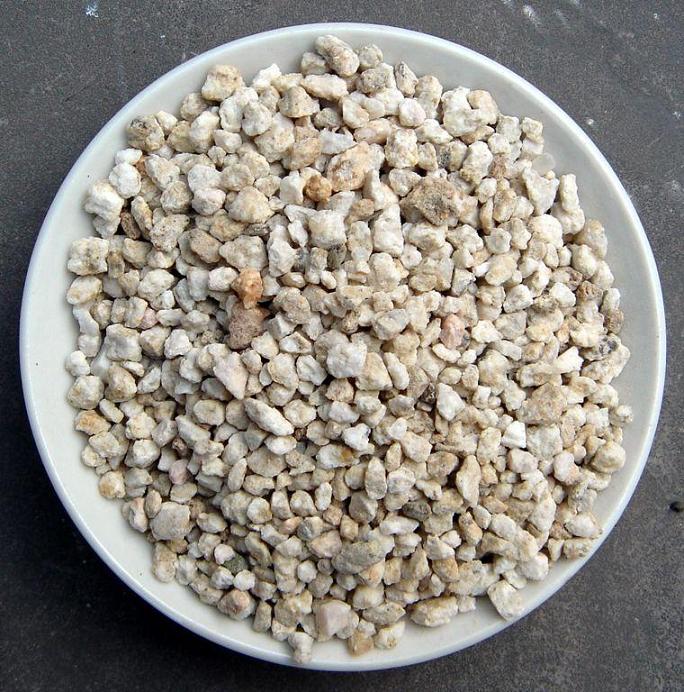
chemical formula for talc
The Chemical Formula for Talc Understanding Its Composition and Significance
Talc, also known as talcum, is a mineral that has been utilized for centuries in various industries due to its unique properties. Its chemical formula is represented as Mg3Si4O10(OH)2, which denotes that it is primarily composed of magnesium, silicon, oxygen, and hydrogen. This article will delve into the significance of talc's chemical composition, its applications, and its importance in various fields.
Understanding the Chemical Composition
The chemical formula of talc reveals its layered structure, characterized by the presence of magnesium silicate hydroxide. The three magnesium (Mg) atoms are bonded with four silicon (Si) atoms, surrounded by ten oxygen (O) atoms and two hydroxyl (OH) groups. This arrangement contributes to its distinctive properties such as softness, hydrophobicity, and stability, making talc one of the softest minerals known, rated at 1 on the Mohs scale of mineral hardness.
The layered structure of talc allows it to be easily separated into thin sheets, which is why it is often referred to as “slippery.” This property is extremely useful in various applications, particularly in cosmetics and personal care products, where it serves as a lubricant and a filler.
Applications of Talc
1. Cosmetics and Personal Care Products One of the most common applications of talc is in the cosmetic industry. Talc is used in baby powder, face powders, and other cosmetic formulations due to its ability to absorb moisture and provide a smooth texture. Its softness and absorbent nature help reduce friction on the skin, making it a preferred ingredient in various personal care items.
2. Industrial Applications Talc is widely used in various industrial applications. It acts as a filler in paper, plastics, and paints, enhancing their texture and performance. In the paper industry, talc improves the smoothness and opacity of the final product, while in plastics, it provides strength and rigidity. In paints, talc acts as a pigment and improves the dispersibility of other ingredients.
chemical formula for talc

3. Pharmaceuticals In the pharmaceutical sector, talc is utilized as an excipient and anticaking agent in the formulation of tablets and powders. Its inert nature ensures that it does not react with active ingredients, making it a safe choice for enhancing drug formulations.
4. Food Industry Talc is also found in the food industry, where it is used as a flow agent in powdered foods and as an anti-caking agent. This prevents clumping and ensures the smooth flow of powders, improving the quality and usability of food products.
5. Ceramics and Glass Talc is employed in the ceramics and glass industries to improve the workability of clay and enhance the properties of glass. Its thermal resistance helps in achieving desired properties in fired ceramic products.
Importance of Talc in Everyday Life
Talc's importance extends beyond industrial applications. It plays a significant role in daily life through products that promote hygiene, comfort, and health. The prevalence of talc in baby powder and personal care products highlights its widespread use in ensuring health and hygiene for individuals, especially infants.
However, it is essential to note that talc has faced scrutiny regarding its safety, particularly in cosmetic products. Concerns have been raised about the potential contamination of talc with asbestos, a known carcinogen. As a result, many companies are now committed to ensuring the safety and purity of talc in their products, implementing stringent testing and quality control measures.
Conclusion
In conclusion, the chemical formula of talc (Mg3Si4O10(OH)2) illustrates the mineral's complex and layered structure, contributing to its versatility in a variety of applications. From cosmetics to industrial uses, talc plays a crucial role in enhancing the properties and performance of products across several industries. Understanding its composition helps appreciate the importance of talc in our daily lives while highlighting the need for prudent use and regulation to ensure consumer safety. As industries continue to innovate, the demand for talc and its derivatives will likely evolve, maintaining its relevance in the modern world.
Share
-
Vermiculite Wholesale – Premium Quality, Bulk Supply & Competitive PricingNewsJun.10,2025
-
Premium Glass Pebbles Custom Glass Pebbles Factory & OEM Manufacturer Reliable Custom Glass Pebbles FactoriesNewsJun.10,2025
-
Expert Custom Zeolite Producers Manufacturers & FactoriesNewsJun.10,2025
-
Custom Glow in the Dark Beads High-Quality Custom ManufacturersNewsJun.10,2025
-
China Ceramsite Balls Factory - Lightweight & Durable Media Solutions ManufacturerNewsJun.09,2025
-
Custom Matte Mica Powder Manufacturers High Quality & AffordableNewsJun.09,2025






